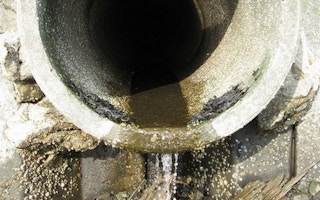Korean scientists have reported major progress in turning microbes in waste water into sources of electricity.
The researchers from the Gwangju Institute of Science and Technology claimed that they have significantly improved the capacity of microbial fuel cells by modulizing them.
The device converts the chemical energy from organisms into electricity using bacterial metabolism as the catalyst. It is regarded as one of the most promising technologies for producing renewable energy as well as treating polluted waste water.
But its practical use has been deterred by huge costs and limited scale of energy generation.
Chang In-seop of GIST said his research team succeeded in scaling up the microbial fuel cells, paving the way for putting it into commercial use in the future.
“Microbial fuel has not been commercialized yet, but our research is a step closer to making it possible,” Chang told The Korea Herald.
Past research uncovered strains of naturally occurring bacteria that can be used to produce electricity. However, there has been a serious possible drop in capacity when multiple-unit cells are installed.
The loss occurs when ions on the positive electrode travel to cathodes connected in a series.
Chang’s team found that the drop can be avoided by installing the unit cells a certain distance from each other.
The team modulized the multiple unit sells connected in series, thus expanding the microbial fuel cells and improving their capacity.
The research was featured in the renowned chemical journal ChemSusChem on May 8.
Chang admitted that his microbial fuel cells are still at a very early stage of development.
“Our experiment tools are still too expensive to be used commercially. But we’re now working on making more efficient modules,” he added.
He has applied for a patent for the technology in Korea and the United States.
The biological fuel cell was selected by the government in 2012 as one of the 10 most promising future technologies for its potential to become a major renewable energy device to substitute depleting fossil fuel sources.
Scientists are studying the possibility of obtaining electric energy from algae, ranging from kelp to unicellular diatoms, using microbial fuel cells.
Several companies and government agencies are funding efforts to reduce facility and operating costs and make algae fuel production commercially viable.
“I think it will take at least four to five years before we can actually use microbial fuels to generate energy. However, we’re working hard to make it more efficient and easier to use,” Chang added.










